With more people connected to the internet, we're seeing a massive growth in the industry. With more devices able to connect to the internet, the network needs to expand in order to transmit a lot more data each day than the day before.
With the high demands, there should be the supply to deliver those high quotas.
We use the internet to browse to our favorite websites, accessing social media networks, sending GIFs to our friends through messaging apps, sending emails to colleagues, downloading software to seeding torrents. All can be done through either visible cables, wirelessly through cellphone towers or Wi-Fi.
But what makes most of the internet is actually under the sea.
Putting aside the protocols or the software, in terms of hardware, whether internet services are marketing themselves to be "in the clouds", but really they're mostly in the ocean.
These cables run throughout the seabed, transmit most of the things that ranges from high-frequency trading to a high-tech consumer internet services. The cables are the circulatory of the global internet, working continuously to distribute 99 percent of the world's international data.
The Trans-Atlantic Cable
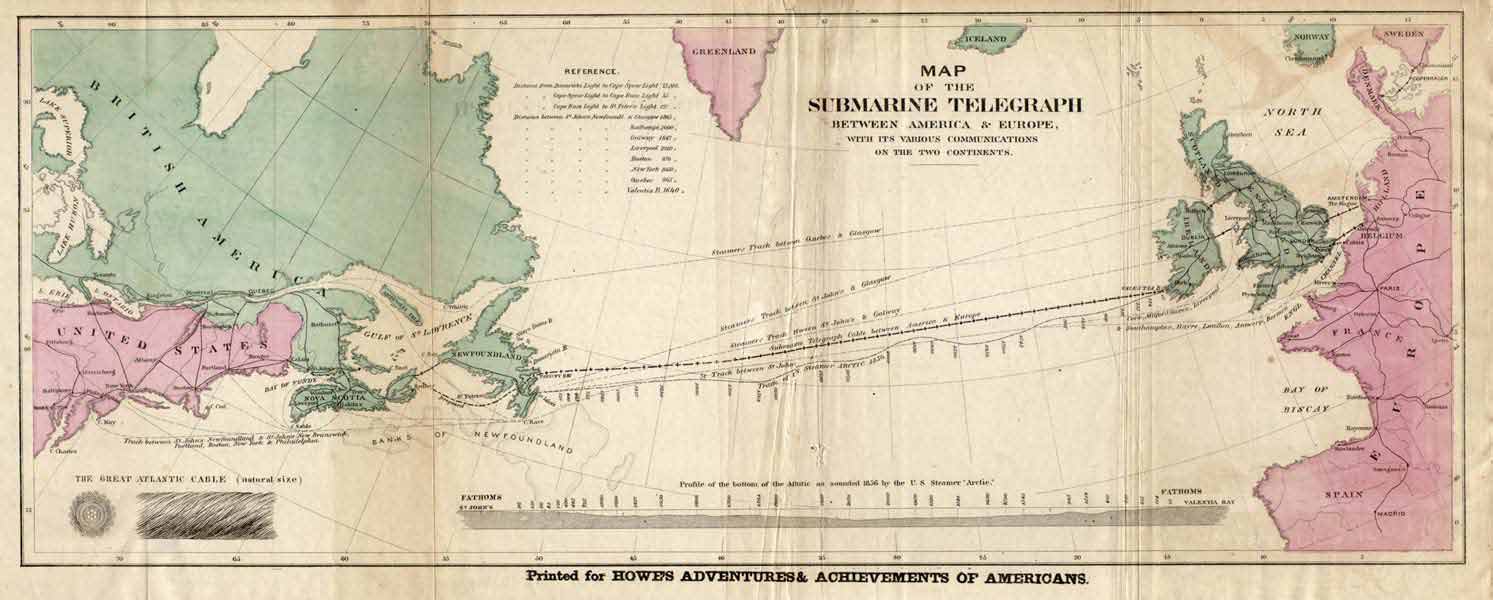
Laying out cables under the seabed isn't a new idea. In fact, it has been around since the telegraph. The trans-Atlantic cable was laid out in 1858 (promoted by an American businessman and financier Cyrus West Field).
The project began in 1854. The cable-laying ships were the converted warships HMS Agamemnon and USS Niagara. After several failures, the project finally met success on August 5th, 1858.
The first communication occurred on that year's August 16th. Initially, the messages were sent by an operator sending Morse codes. The message was: "Europe and America are united by telegraphy. Glory to God in the highest; on earth, peace and good will toward men," and it was sent from Queen Victoria in England to the U.S. President James Buchanan.
The reception was very bad on the 1858 cable. And with a rate of about 0.1 words per minute, the Queen's messages that consisted of 98 words took over 17 hours to transmit. But that amount of time was indeed a lot shorter than the previous ten days communication speed between North America and Europe.
The cable functioned for only three weeks.
Below is the HMS Agamemnon laying the Atlantic telegraph cable, painted by by Robert Charles Dudley in 1865.
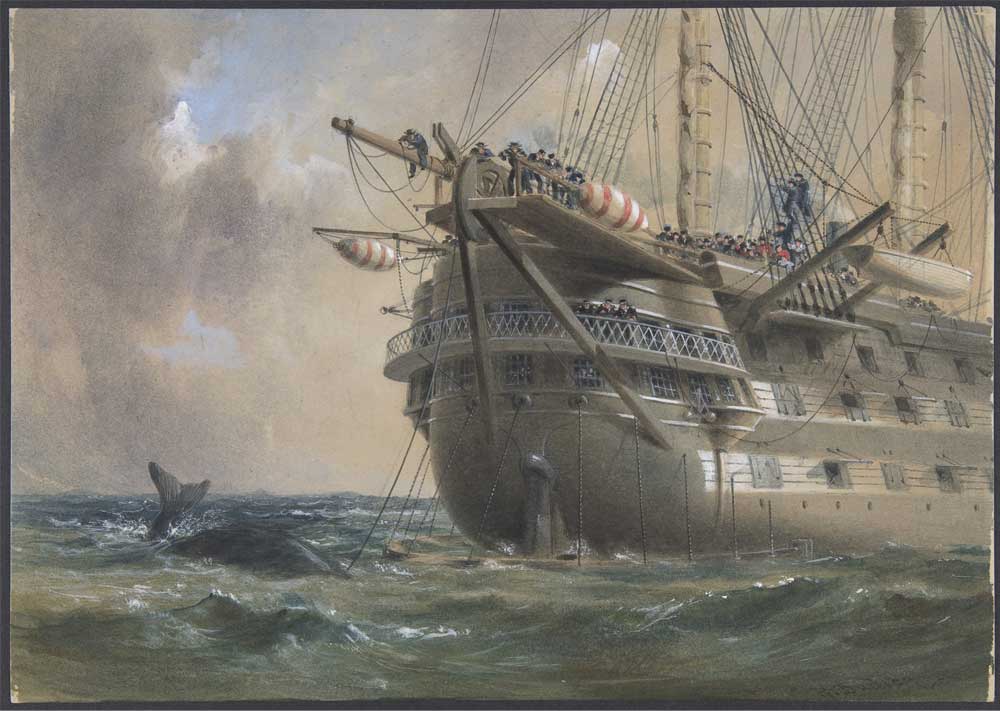
The Modern Communication: A Hunger for Speed
Five attempts to lay a cable were made over a nine-year period: one in 1857, two in 1858, one in 1865, and one in 1866. Additional cables were laid in 1873, 1874, 1880, and 1894. By the end of the 19th century, North America, England, France and German were all linked in a complex web of telegraphic communications.
But we humans are never pleased with one thing. Since then, we continued our efforts to make long-distance electric communication even better. Along the time, we've researched and tested numerous ways to transfer data from point A to point B, and try to shrink the amount of time for the data to travel.
With the quest, we've discovered that the best and the easiest way just happens to be underwater.
Humans have only ventured to only small parts of the world's oceans, making them mostly unknown and unpredictable. Even with modern technologies, laying down those cables is a difficult and laborious task.
With the oceans and seas have different depths, so should the cables. Laying at the bottom of the waters on different depths, the deepest submarine cable spans between Japan and the U.S. (started operating in August 2001) at about 8,000 meters at Japan Trench.
Beside deep and steep trenches, the ocean floors also have sea mountains, deep valleys, muddy areas and hard rugged areas. The cables should be carefully laid out to make sure than they run as flat as possible, passing sunken ships and other known obstacles.
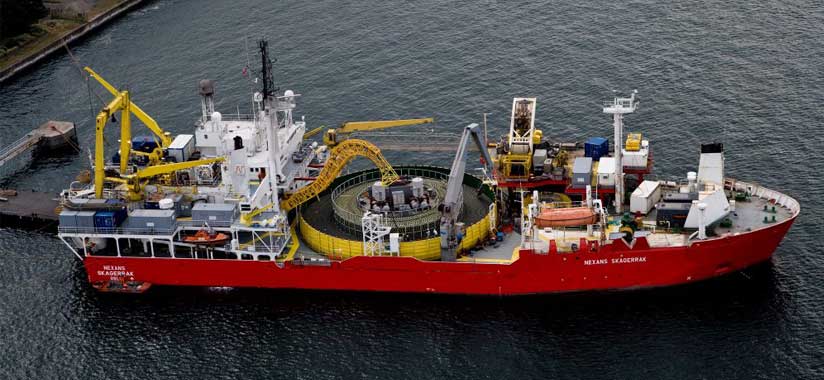
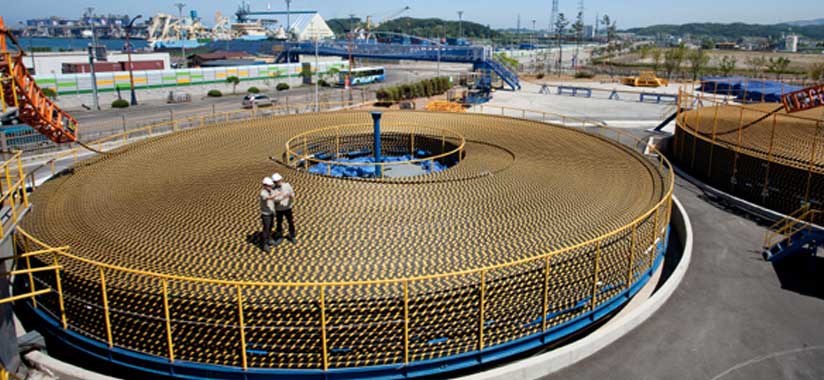
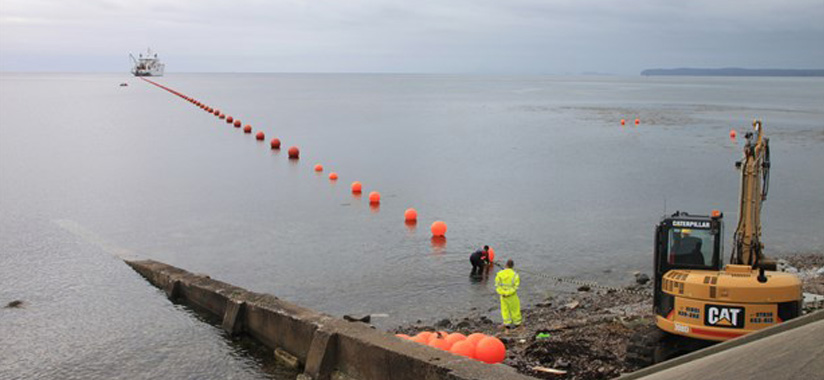
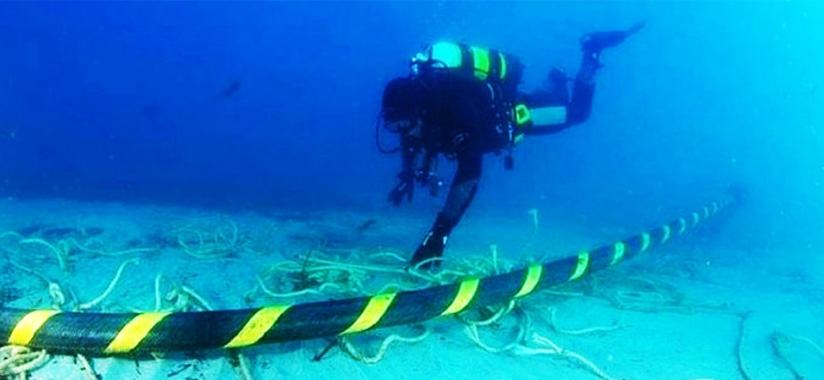
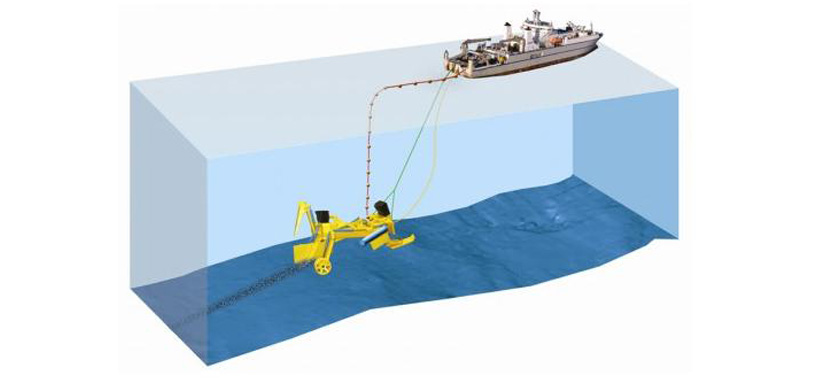
Before laying out the cables, teams must do thorough exploration to decide the routes. To help them in accomplishing the task, surveyors use up to six types of sonars and mapping tools, each with a distinct role in deciding the cable's perfect course.
These tools and sensors can gather data on seismic activity, identify seams of rock in the seafloor, and know many seabed hazards. They include:
- Side scan: Uses variation of echo strengths to sketch the seafloor. Reveals obstacles such as sunken ships and underwater volcanoes.
- Single beam: Can measure depth of the seafloor in a straight line by shooting a beam of sound down from the ship, up to an inch in accuracy.
- Multibeam: Uses a wider beam than the single-beam sonar does. This enables the team to identify alternate paths.
- Sub-bottom: A low-frequency sonar to detect patterns in the sediment below the seafloor. This is used to know what to expect when digging cable grooves.
- Ultrashort base line: Integrated into underwater vehicle tethered to a ship, it's equipped with attitude sensors to detect pitch and roll and also a transceiver to send and receive acoustic signals.
- Magnetometer: Measures magnetic field. Helps finding pipelines and cables to avoid.
While exploring the deep parts of the ocean is important, the teams also need to pay attention to shallow waters as well. They must avoid precious fish beds and coral reefs, and avoiding the chances for the cables to get caught on fishing boat's nets and anchors of ships.
Cables on shallow waters (less than 1,000 meters) are buried under the seabed, not just laid out on the surface. To dig, the teams use an instrument called a "cable plow" that is capable of seabed digging. It works similarly like ploughing a field with its "hoe" to dig and drag the plow to create a groove where cables can be spanned. After being laid out, water current will naturally covers the grooves with sands.
And for another notable precaution, the shallow water cables are also thicker in diameter so they won't break if they come into contact with obstacles.
While the task is already a difficult one, then comes the duration. Besides taking a lot of resources and money to accomplish, it also takes a lot of time. A 3,000 cable with manual reeling work requires three weeks or so to finish. In the case of one between Japan and the U.S., the process took several months. And during the progress, the teams were at the sea at all times.
And for long-term submarine cables, some can even take a couple of years from exploration to completion.
Not long enough, add that time with the time required to make the cables. A 48,000 km of cable weighs about 1,600 tons, and made by 250 workers over the course eleven months. The cable is then loaded into a ship equipped with cable tank on board to hold one roll of the cable. Below is an image showing the components of the cable:
(1) polyethylene, (2) mylar tape, (3) steel wires, (4) aluminum water barrier, (5) polycarbonate, (6) copper or aluminum tube, (7) petroleum jelly and (8) the optical fibers core.
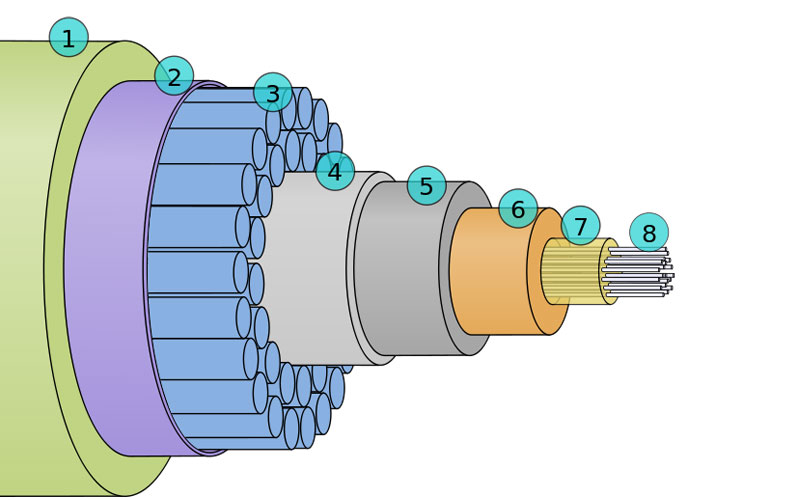
So for all the wireless world we're now living, fiber optic cables that span out under the sea are still the fastest way to move large amount of information from and to distant places.
As of 2006, overseas satellite links accounted for only 1 percent of international traffic, and the remainder was carried by undersea cable. The reliability of submarine cables is high. They still hold the foundation of the internet because they're so fast (terabits per second, if compared to satellites that typically offer only 1000 megabits per second).
And with that high speed, it also comes with backup routes available, making it more reliable and rarely fail.
However, a typical multi-terabit, transoceanic submarine cable system costs several hundred million dollars to construct. And although covering the ocean floor with cables is expensive, complex and laborious task, their existence is well worth the effort.
With seas and oceans separating countries by miles, the network of submarine cables have already connected the world a few milliseconds closer together.
The number of submarine cables are added from time to time. The Submarine Cable Map's website that uses free resources from TeleGeography has a detailed view of the world's underwater cables.